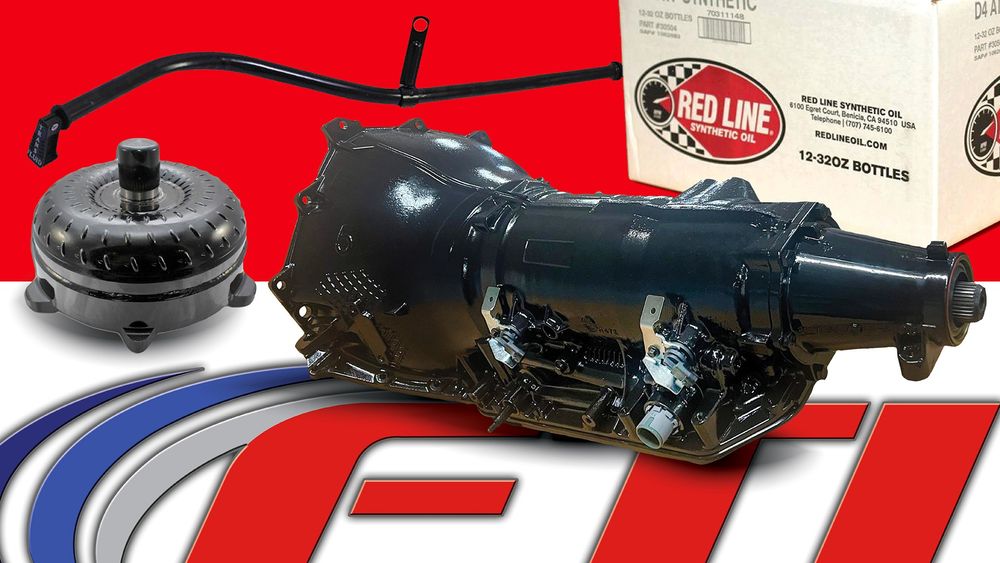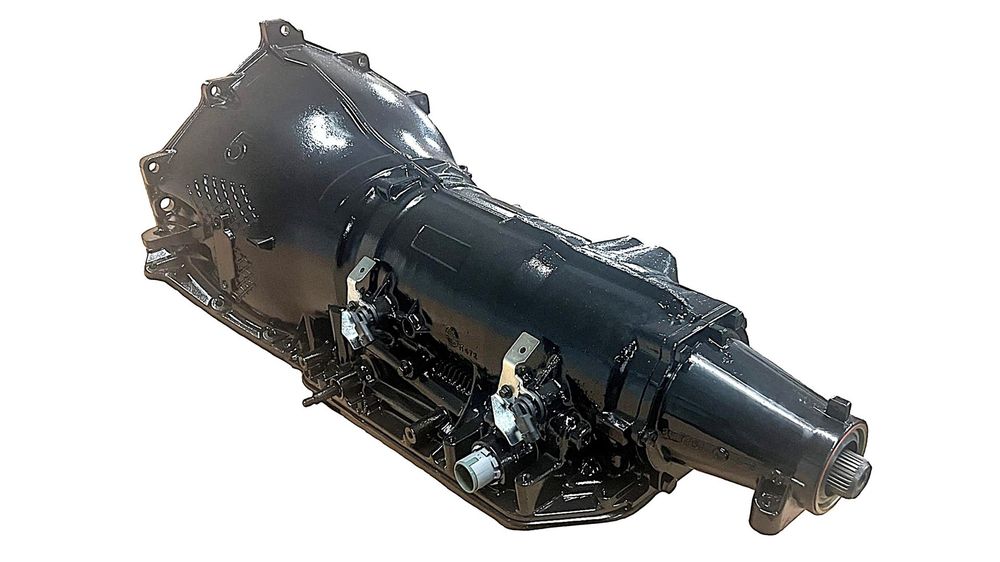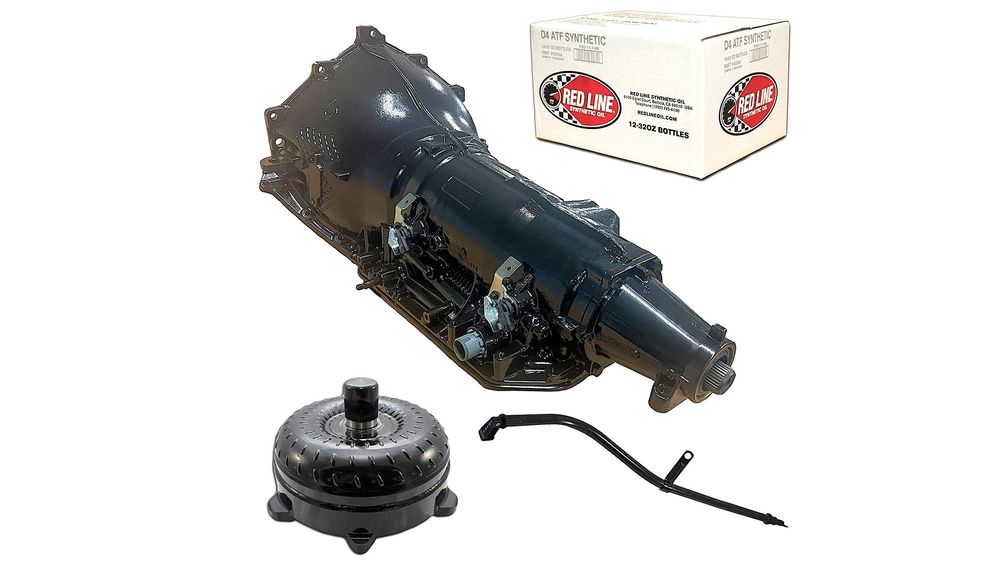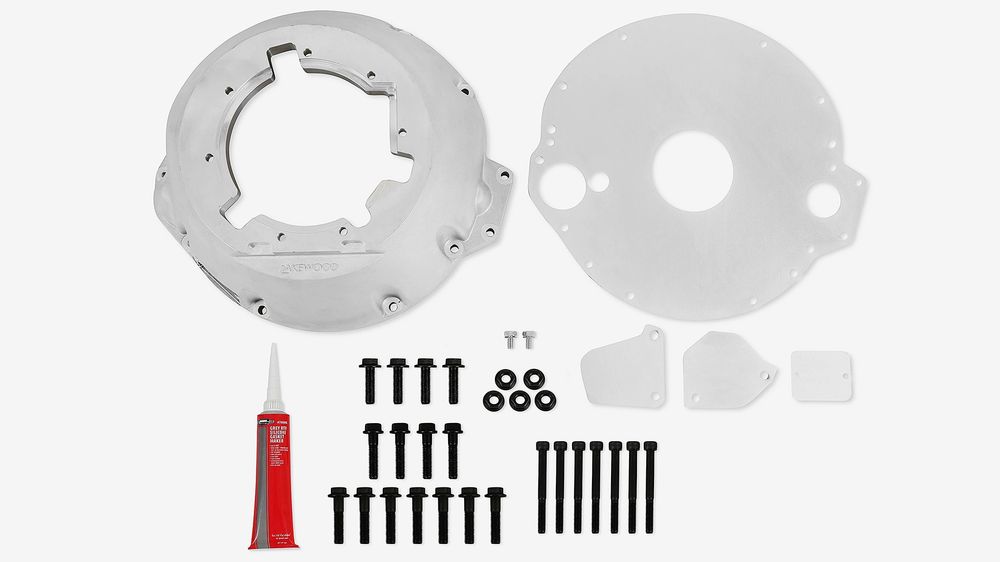Built For Punishment! New 4L80E Overdrive Kits Can Handle Up to 1,000 HP
FTI Performance offers automatic overdrive packages designed to be easy on the wallet while taking the guesswork out of your hot rod build.
The rate at which horsepower has increased over the past three decades has been breathtaking. The V-8 engine’s efficiency has been on a volcanic upswing to the point that 1,000 hp is now the new 500 hp. Big power numbers just aren’t that difficult anymore. And it’s not just the “how much” but the cost. Making big power on the street has become inexpensive compared to yesteryear, sometimes to the detriment of the rest of the driveline. At GM, to deal with the increase in vehicle weight and engine power, they designed a new heavy-duty four-speed automatic transmission—the 4L80E—in 1991. This was a major move that provided strength to around 450 horsepower and 450 lb-ft of torque in stock form. It was later redesigned in 1997 and remained in production until 2009 when it was replaced by the six-speed 6L80/90E.
AI Quick Summary
FTI Performance offers robust 4L80E overdrive kits for hot rods, handling up to 1,000 HP. Available in Level 2 (700 HP) and Level 3 (1,000 HP), these kits include upgraded components and optional matched torque converters. Prices range from $4,099.99 to $5,995.99.
This summary was generated by AI using content from this MotorTrend article
Read Next
0:00 / 0:00
Conceived as an overdrive lock-up version of GM’s fabulously strong Turbo Hydramatic 400 non-overdrive three-speed, the 4L80E has been the go-to overdrive automatic for street-driven hot rods—including Mopars and Fords—for decades. If you’re replacing a 4L80E in a vehicle that originally had one, getting the right version—early or late—matters. The main differences between early and late 4L80E transmissions are in the placement of fluid coolant lines on the outer case, a provision for an extra bolt hole at the top of the bellhousing (late), and the longer length of the linkage shaft (late). If your muscle car never had a 4L80E, then early or late doesn’t matter, unless there are practical implications such as swapping one into a Fox-body Mustang with an LS where you might prefer a later unit with the extra bolt hole for the LS engine.
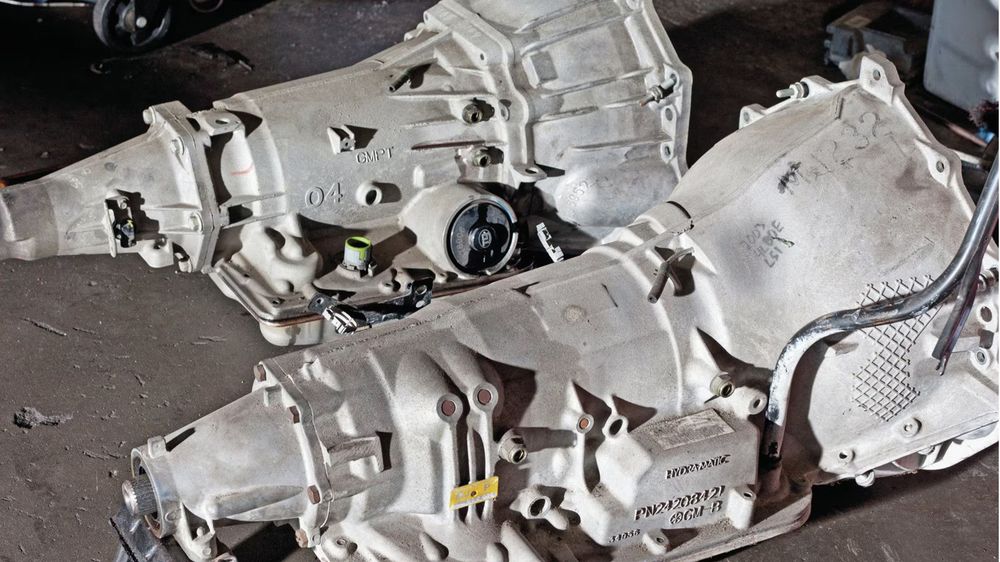
Sometimes more strength only comes with more size. A stock 4L80E 4-speed overdrive (foreground) compared with a stock 4L60E 4-speed overdrive.
FTI Performance of Deland, Florida, one of the biggest performance rebuilders of 4L80E transmissions, opened its doors in 2008 with a focus on high-performance torque converters, later moving into complete drag-race-oriented drivelines with transmission packages. In 2019 it came under the ownership of NHRA Funny Car driver Paul Lee, who is no stranger to making cars survive under gobs of earth-rotating torque. While traditional drag transmissions like two-speed Powerglides and three-speed Turbo 400s have always been central to FTI’s pro and sportsman business, the lock-up overdrive four-speed 4L80E business has come on strong with street-oriented hot rodders who often have a different set of demands or level of understanding. This gets us excited at HOT ROD because FTI has not just brought high-horsepower throughput to street cars needing overdrive and converter lock-up but has also scaled up its manufacturing volume to the point where end-user costs are reduced. And for those needing help choosing a matching torque converter, FTI has created packages—20 of them in all—to make it much easier to select the right transmission for your DIY project.
What’s Included? Level 2 at 700 HP versus Level 3 at 1,000 HP
FTI Performance offers its 4L80E in two basic iterations: the Level 2, which is appropriate for engines up to 700 hp, and Level 3, which can handle up to 1,000 hp. The Level 2 version receives performance clutches, a performance shift kit, an upgraded torque converter control (TCC) regulator valve, a 34-element sprag, upgraded boost valve and regulator, heavy-duty intermediate piston spring retainer plate, direct clutch dual feed, heavy-duty intermediate clutch snap ring, new bushings and bearings, and all new wiring including solenoids, sensors, and electronics. Level 3 units are built with the same components as the Level 2 transmissions plus a 300M billet-steel input shaft and a rollerized billet-steel forward-clutch hub to replace the breakage-prone factory clutch hub.
Get Just the Transmission or the Matched Package
If you’ve got your torque converter, filler tube, dipstick, and fluid, you can purchase FTI’s built Level 2 starting at $4,099.99 (700 hp, ’91-’96, early case) or $4,349.99 (700 hp, ’97-’09, late case) or Level 3 for $4,445.99 (1,000 hp, ’91-’96, early case) or $4,695.99 (1,000 hp, ’97-’09, late case). More simply put, there is a $250 premium on the “late” case and a $346 premium for the addition of Level 3 components. Where things get exciting is you can kit out any of these four versions to include a matched billet lock-up torque converter in one of four stall speeds (2,800, 3,000, 3,200, and 3,600 rpm), locking filler tube with dipstick, and a case of high-performance Redline synthetic transmission fluid. Complete FTI packages run between $5,399.99 and $5,995.99 with the difference in price a function of chosen stall speed and case type (early or late). Note that to complete a functional installation you will need some form of transmission controller (see below), either from a stock ECU, stand-alone controller, or integration into your chosen EFI system.
4L80E Swaps with Non-GM LS V-8s
The 4L80E has proven so popular with street enthusiasts that it has become common to find them behind a lot of other V-8s, including Fords and Mopars. We’ve already shown you a 4L80E swap into a 1986 Mustang behind a 1,200-hp small-block Windsor with an SFI-spec bellhousing from Reid Racing. A bellhousing adapter package like this one from CK Performance Engineering can help swappers put a 4L80E behind virtually any V-8 with an SFI-rated Turbo 400-style Reid bellhousing, including Chevy small-block and big-block, Buick, Cadillac, Olds, Pontiac, Ford Mod and Coyote V-8, and Gen III Hemi. Those wanting a 4L80E behind a Gen III Hemi who don’t need an SFI-rated scattershield can use Holley’s Lakewood Gen III-Hemi-to-4L80E kit for an easier conversion.
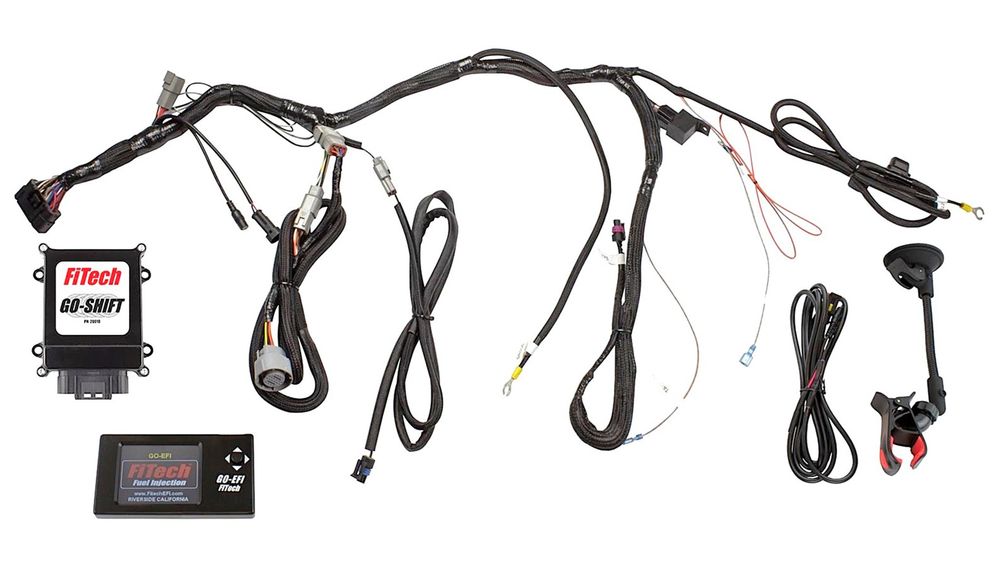
The 4L80E will need some form of transmission controller, programmer, and wiring harness. This basic kit from FiTech is a stand-alone unit has all three and can program shift points and backup lights.
Stand-Alone Controllers for the 4L80E
With any electronically controlled transmission like FTI’s 4L80E, you will need a way to manage shift points and control backup lights, and that can happen with the vehicle’s existing GM computer, your aftermarket EFI system (as long as it has transmission control capability), or a stand-alone controller like the kind discussed here. A complete controller kit, including a handheld programmer and harness, can help you set up your transmission without the aid of a laptop PC, and a number of kits are available. (We’ve provided links to kit from Summit Racing, but they are available elsewhere.) — Additional photography by FTI Performance
- FiTech Go Shift Transmission Controller, PN 20010, $599.00
- Holley Sniper Transmission Controller, PN 551-102, $601.95
- MSD Atomic Transmission Controller, PN 2760, $745.95
- Edelbrock TC Transmission Controller, PN 36213, $866.95
- TCI EZ-TCU Transmission Controller, PN 302820, $1,025.95
Sources
Johnny Hunkins, born 1963, grew up mainly in Greensboro, NC. Attended Southeast Guilford High School (Greensboro) and graduated in 1981. Received a BFA degree in Art with a concentration in Design from the University of North Carolina at Greensboro (UNC-G) in 1985. The son of a music teacher and a music composer, began playing guitar at age 6, meanwhile harbored companion interests in muscle cars, model car building, NASCAR racing, and drag racing. During and after attending UNC-G, worked as an auto service writer at Montgomery Ward Auto Express. Bought a Ford Mustang LX 5.0L in 1987 which he began modifying immediately, then started contributing freelance stories to Muscle Mustangs & Fast Fords (MM&FF) in 1991. Moved to New Jersey from North Carolina and became fulltime MM&FF tech editor in the fall of 1992. Helped create, then became editor of GM High-Tech Performance (originally High-Tech Performance) magazine in 1995. While at MM&FF, invented the popular “True Street” drag racing class used by many sanctioning organizations. Moved to California in 2003 to become editor of Popular Hot Rodding magazine. In July of 2014, became editor of Mopar Muscle magazine for the rebranded TEN network. Previous and current magazine projects cars: 1987 Ford Mustang LX 5.0 (Project Excalibur), 1989 Ford Mustang LX 5.0, 1987 Buick Regal Turbo-T (2 of them), 1993 Pontiac Firebird Formula (Project Thunderchicken), 1989 Pontiac Firebird Formula 350 (Project Magnum TPI), 1994 Chevy Camaro Z 28 (The Grape Of Wrath), 1976 Chevy Camaro (Project g/28), 1968 Chevy Chevelle (Street Sweeper), 1975 Chevy Laguna S-3 NASCAR clone, 1968 Chevy Nova, and 1968 Plymouth Valiant. Other interests include fine cigars, writing and recording rock music (Hunkins is an artist on the indy label Grooveyard Records), and mid-century modern architecture and design. Hunkins lives in Desert Hot Springs, CA.
Read More
